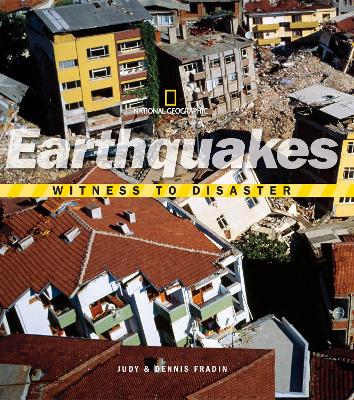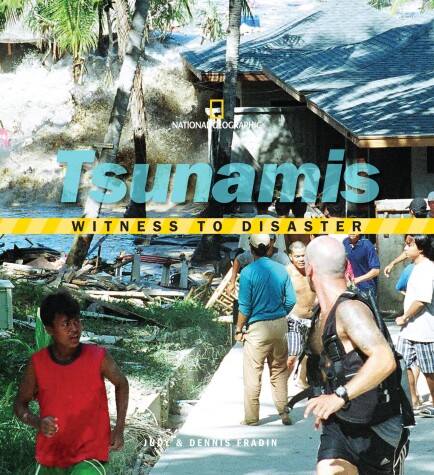Witness to Disaster
3 total works
The 2004 Asian Tsunami was the result of the second largest earthquake ever recorded. Lasting over eight minutes, it was also the longest on record. The quake measured 9.0 on the Richter scale, large enough to vibrate the entire planet, violent enough to move an ocean. Through eyewitness accounts and dramatic photography, the first chapter of Tsunamis puts you in the terrifying path of the wave that washed ashore in many countries. The tsunami wiped out whole communities and claimed an estimated 230,000 lives. Tsunamis explores the science, history, and personal experience of tsunamis and shows kids what scientists are doing to develop early warning systems so we can survive such disasters in the future.
National Geographic supports K-12 educators with ELA Common Core Resources.
Visit www.natgeoed.org/commoncore for more information.
"Witness to Disaster: Earthquakes" uses eyewitness accounts and pulse-racing narrative to bring readers into the terrifying heart of an earthquake. The firstchapter documents the 1964 Alaskan quake that shook Prince William Sound with a 9.2 magnitude force, and set off a tsunami that ultimately caused most of the deaths attributed to this frightening act of nature. Thefollowing chapters explore the deadly history of earthquakes and the seismic and geological science of this phenomenon. Readers learn how and why earthquakes occur, and what scientists can do to prevent casualties. Theexpansive back matter includes a list of sources to discover more about these fearsome catastrophes.


